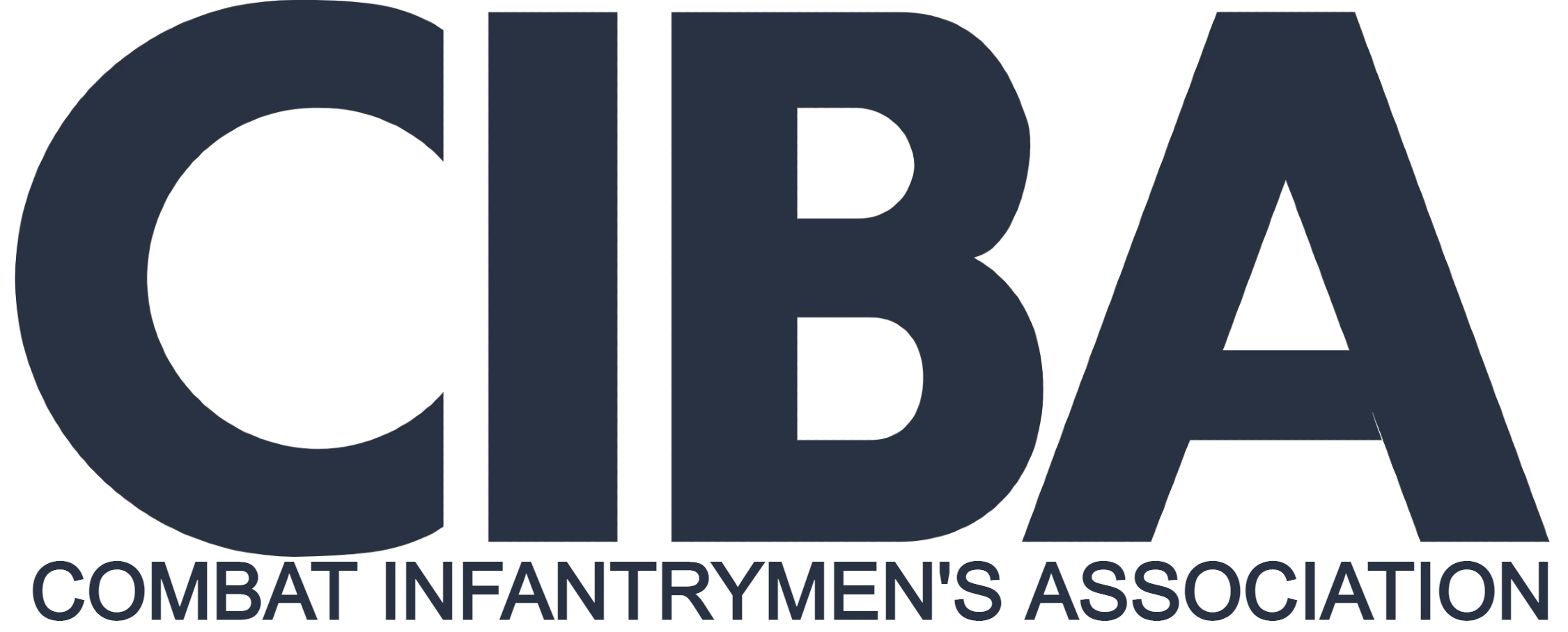The Army said Wednesday it has a long-term plan to rehabilitate the horse platoon tasked with funeral services for fallen service members following the deaths of four animals last year.
But a recent service-wide Army review also found poor conditions for horses, mules and donkeys maintained at various facilities across the country — the latest revelation following a May 1, 45-day suspension of the famous Arlington National Cemetery caisson platoon. The deaths in the caisson unit all occurred since February 2022.
The documents obtained Wednesday by Military.com via the Freedom of Information Act show images of apparently emaciated animals, some with chipped hooves and lesions from poor tack fitting. In some cases, the review also found poorly designed and dilapidated facilities peppered with safety issues like barrels of hydrochloric acid stored next to horse feed.
The Army created a task force to address the well-being of horses, mules and donkeys at 12 installations last year after troubles with horse health in the Arlington unit, also known as the Army Caisson Platoon of the 3rd Infantry Regiment, or the “Old Guard.”
On Wednesday, the service unveiled a five-point plan for the suspended unit in an effort to improve the care and health of the horses, including reduction of the caisson weight that the horses have to pull and improvements to the fit of equipment to avoid injuries.
“The challenges we are facing in our caisson program jump from a number of cumulative issues resulting from a lack of adequate facilities, pasture space, diet and nutrition, and poor herd management that can date back many years since at least 2010,” Maj. Gen. Allan M. Pepin, commanding general of the Military District of Washington, which is in charge of the Old Guard, told reporters Wednesday.
“Internally, it was an easy decision to make because it is the right decision to take care of the horses,” Pepin added. “It’s a difficult execution because now we have families that are affected by this decision — but it’s the right decision.”
The service explained that 200 families of service members with planned funeral honors now have the option of services without the horses due to the suspension of the unit.
Army officials said that Arlington National Cemetery was able to contact 199 of the 200 affected families to inform them of the suspension. Only six so far have requested to reschedule. Those that do not reschedule will have their loved ones transported by a hearse car instead of a horse-led caisson, according to Army spokesperson Cynthia Smith.
But the caisson platoon is not the only Army unit on the hook for improvements.
The service keeps donkeys, mules and horses, referred to in a group as equids, that it uses for everything from pageantry-steeped traditions to training.
The servicewide review documents — provided to Military.com by the Army the same day it announced the plan for the caisson unit — show varying levels of care for the 267 Army equids housed across the country. The task force that performed the review was created in May 2022, a month after CNN reported issues happening in the caisson platoon.
Some, like the Fort Cavazos, Texas, herd, scored highly — 86% or higher — in categories that ranged from communication between leaders to feed quality to facility management.
Others, like Fort Gordon, Georgia, and Fort Polk, Louisiana — which has only seven donkeys — scored low, according to the Army’s assessment, which was completed in November 2022 and did not define specific grading parameters.
The assessment included photos of “thin, poorly muscled” animals. However, it was unclear in the documents which units the pictures were from.
Other images showed barbed wire fencing around horse turnout areas, washed-out pastures, stalls with concrete floors that may be harmful to horse hooves, and a horse eating sawdust shavings due to “lack of appropriate nutrition and feed availability.”
Some notes listed in the individual installation assessments — which include West Point, Forts Carson, Gordon, Hood (now Cavazos), Huachuca, Irwin, Polk, Riley, Sill, Myer, Belvoir, and Joint Base San Antonio-Fort Sam Houston — showed positive comments like collaborative relationships between the veterinarians and leadership at Fort Irwin, for example.
Other notes were negative, and focused on more tangible issues affecting herds across the Army. Fort Riley’s feed was stored next to chemicals, and the base had small stalls. There was a lack of runoff at Fort Sill’s pasture sheds.
The waterers at Fort Belvoir’s pasture were dirty and “too few,” and rat poison was kept on top of donkey supplements at Fort Polk.
The documents — and Army comments during a Wednesday press conference — reveal a sometimes dwindling knowledge-base for animals that haven’t been used widely across the U.S. Army since World War I, despite some limited utilization in modern wars such as special operations use of equines during the initial invasion of Afghanistan.
The 28-page assessment listed “enterprise-wide” issues that showed horses taking a back seat in funding, feed and leadership attention. The assessment listed poor communication; inattentiveness to veterinary care and welfare expertise; a lack of feed and nutrition knowledge; unresolved facility inspection findings; and “dangerous or inappropriate” facilities.
One item the assessment pointed to as a primary issue for the management of horses was the lack of a Pentagon-wide policy or doctrine used to manage horses.
“There were areas and gaps in the execution of appropriate herd management, feed and nutrition, ability to have the right facilities — potentially in some locations because they were in older locations that needed to be upgraded,” Army Veterinary Corps Chief and Task Force Military Working Equids lead Col. Deborah Whitmer said Wednesday.
“All of these issues … were found in various locations to one extent or another,” Whitmer said.
For the caisson platoon, the review documents come after months of trying to fix the issue. Leadership told reporters Wednesday that the unit has hired a new herd manager, improved feed quality, and received $15 million in funding from Congress.
The unit has struggled with space for its now 49-horse herd — a 27% decrease, as some have been adopted out of the unit since last February — which were confined to under 10 acres until the unit began rotating some to plots in Lorton, Virginia.
Now, the Army is eyeing 50 acres for the caisson herd, according to Pepin.
The Army originally told Military.com last month that the suspension of the caisson unit was a temporary pause that will be “conditions-based, and will not impact military honors, dependent honors services or any other military funeral honors elements,” according to a statement from a service spokesperson.
The service also said in April it was looking into alternative “horse-drawn conveyances.”
— Drew F. Lawrence can be reached at drew.lawrence@military.com. Follow him on Twitter @df_lawrence.
Please rate this CIBA article
Vote






